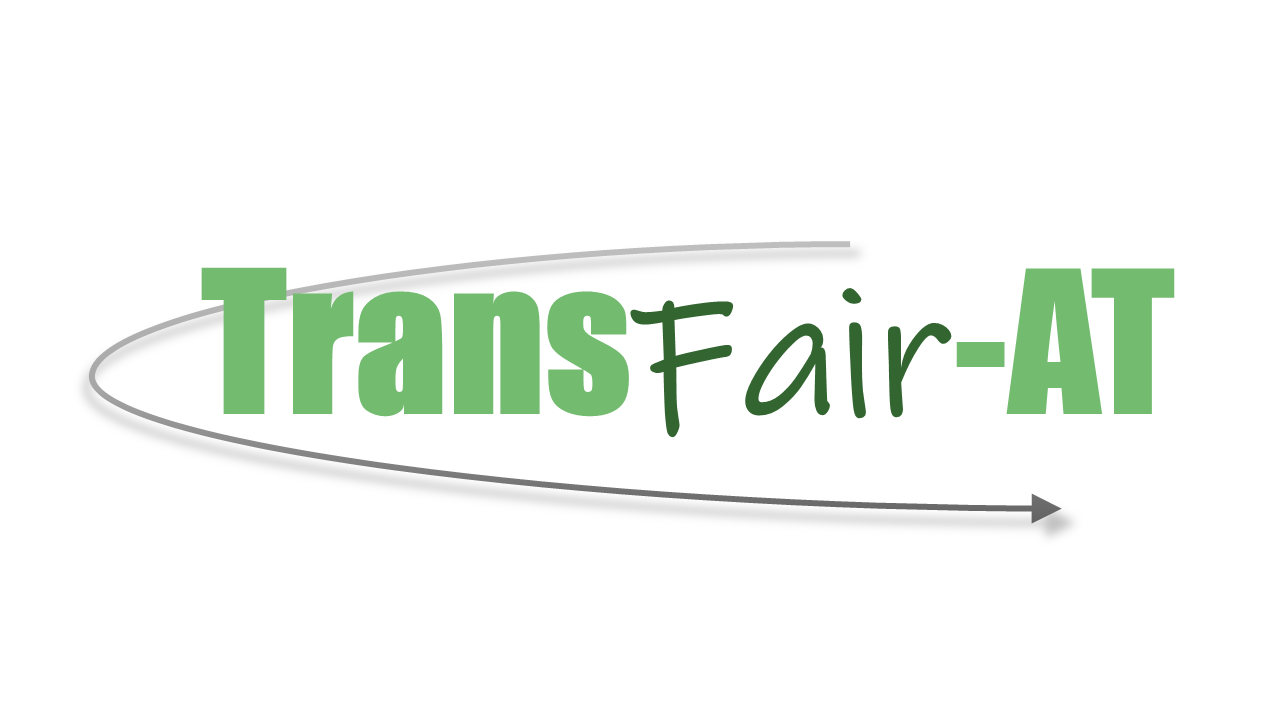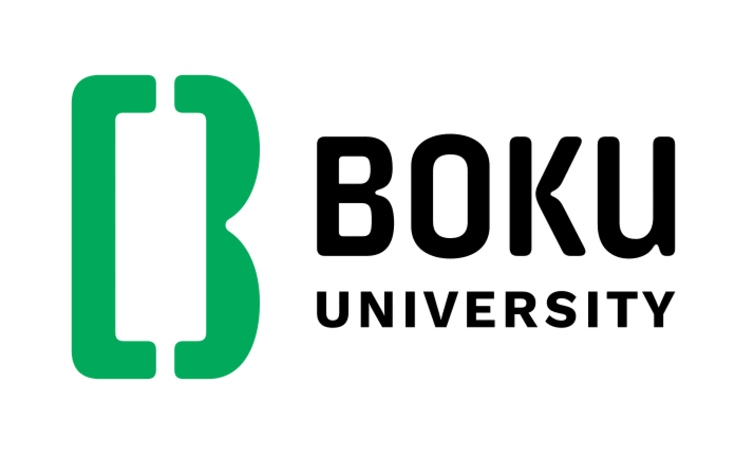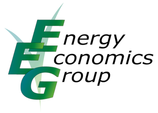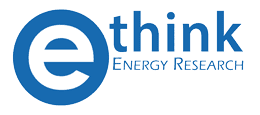MARS
MARS (Metropolitan Activity Relocation Simulator) is a strategic and dynamic Land-Use and Transport Interaction (LUTI) model. The theoretical foundations of MARS are based on the principles of system thinking and systems dynamics. MARS is implemented in VENSIM®, a System Dynamics Software environment and consists of a transport demand model, a land use model and a set of sub modules, like a fleet composition and emission module.
Due to its dynamic nature MARS simulates developments in the transport and land use system in discrete time steps from its base year up to a predefined time horizon. Due to its strategic nature the level of spatial aggregation in MARS is rather high. The territory of Austria is subdivided into 120 zones. The intrazonal traffic is further subdivided into five distance bands.
The transport demand model of MARS estimates trip generation, trip distribution and mode choice in each time step. Choices are based on generalised costs comprising of the weighted sum of time and cost components of a trip.
In TransFair-AT the SERAPIS model (Simulating the Emergence of Relevant Alternative Propulsion technologies in the car and motorcycle fleet Including energy Supply) is utilised as fleet composition module. SERAPIS is a dynamic car fleet and propulsion technology model which also utilises the methods and principles of system dynamics. SERAPIS models the fleet development in three propulsion technology categories (internal combustion engine, plug-in electric and battery electric), three vehicle size categories (compact, family, luxury) and for 1st or single cars and 2nd cars in a household. Choices between propulsion technologies are based on a multinominal logit model. The utility of a propulsion technology is a function of investment costs, operating costs, variety of makes and models, density of service stations, range and time saved due to exemptions from traffic regulations. Therefore, the model is sensitive to policies like tax exemptions, subsidies, etc. The output of SERAPIS is the car fleet development by propulsion technology. Resulting fuel and energy consumption and costs are an input into the transport demand model of MARS. On the other hand, car operation costs per year are an input into the utility function of the multinominal logit model of SERAPIS.
The main outputs of MARS and SERAPIS are the number of trips by origin-destination pair by mode, monetary costs for each trip, fuel and energy consumption and CO2 and other emissions.
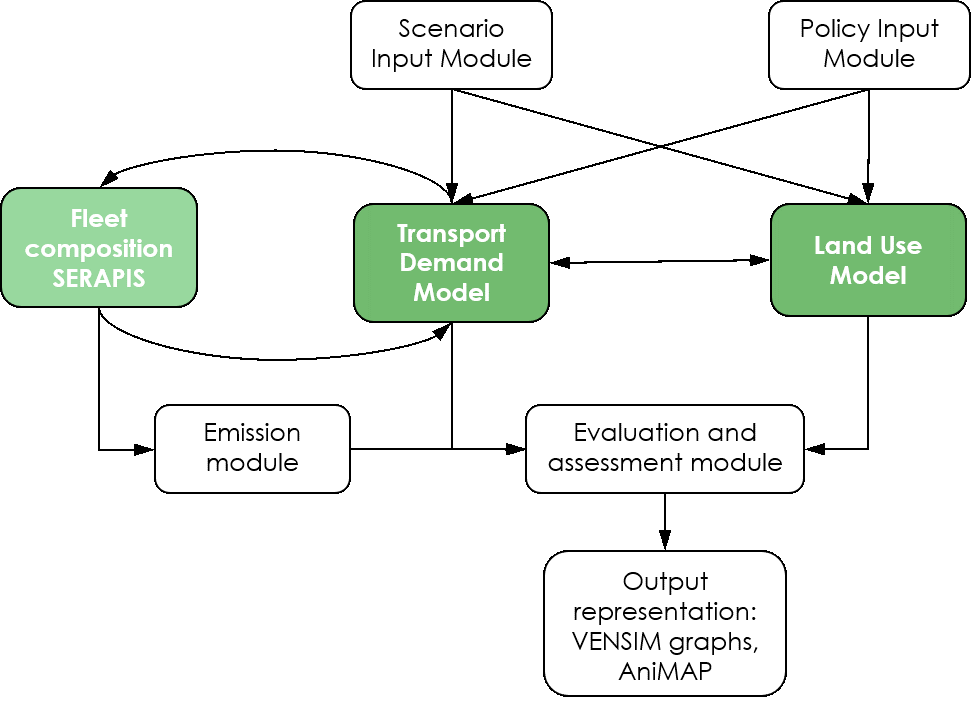
A more detailed description of the MARS model is provided e.g. in Soteropoulos et al. 2021 or Emberger and Pfaffenbichler 2020.
In TransFair-AT, MARS is linked to the Invert-EE/Lab model, and the macroeconomic model DYNK.
References
Soteropoulos, A; Pfaffenbichler, P; Berger, M; Emberger, G; Stickler, A; Dangschat, J. (2021): Scenarios of Automated Mobility in Austria: Implications for Future Transport Policy Future Transportation, 1, 747-764; ISSN 2673-7590, https://doi.org/10.3390/futuretransp1030041
Emberger, G; Pfaffenbichler, P. (2020): A quantitative analysis of potential impacts of automated vehicles in Austria using a dynamic integrated land use and transport interaction model TRANSPORT POLICY. 2020; 98: 57-67. https://doi.org/10.1016/j.tranpol.2020.06.014
